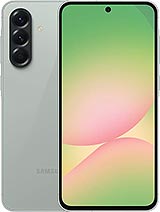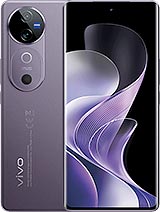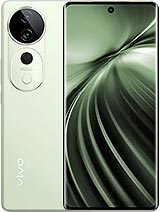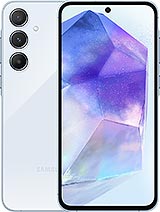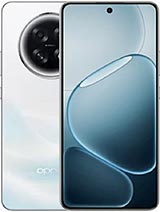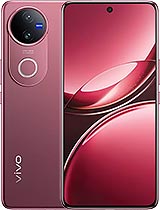Poco F7 alternatives
Tap above to see alternatives.
Vivo V50 alternatives
Tap above to see alternatives.
1x3.21 GHz Cortex-X4
3x3.0 GHz Cortex-A720
2x2.8 GHz Cortex-A720
2x2.0 GHz Cortex-A720
1x2.63 GHz Cortex-A715
3x2.4 GHz Cortex-A715
4x1.8 GHz Cortex-A510
12GB 512GB (UFS 4.1)
8GB 256GB (UFS 2.2)
12GB 256GB (UFS 2.2)
12GB 512GB (UFS 2.2)
Sony IMX882, f/1.5, 26mm (wide), 1/1.95", 0.8µm, PDAF, OIS
8 MP
SmartSens SC820CS, f/2.2, 15mm (ultrawide), 1/4.0", 1.12µm
f/1.9, 23mm (wide), 1/1.55", 1.0µm, PDAF, OIS
50 MP
f/2.0, 15mm, 119˚ (ultrawide), 1/2.76", 0.64µm, AF
1080p@30/60/120/240/960fps
1080p@30fps
OmniVision OV20B, f/2.2, (wide), 1/4"
f/2.0, 21mm (wide), 1/2.76", 0.64µm, AF
1080p@30fps
SIM1: Nano, SIM2: Nano
SIM1: Nano, SIM2: Nano
15 5G bands
n1, n2, n3, n5, n7, n8, n20, n28, n38, n40, n41, n48, n66, n77, n78
9 5G bands
n1, n3, n5, n8, n28, n40, n66, n77, n78
In this performance comparison, the Poco F7 with its Qualcomm Snapdragon 8s Gen 4 (4nm) performs better than the Vivo V50 with the Qualcomm Snapdragon 7 Gen 3 (4nm), thanks to superior chipset efficiency.
Poco F7 offers 4 years of OS updates, whereas Vivo V50 provides 3 years. For security updates, Poco F7 offers 6 years of support compared to Vivo V50's 4 years.
Both Poco F7 and Vivo V50 feature AMOLED displays, offering vibrant colors and deeper blacks. Both smartphones offer the same 120 Hz refresh rate. Vivo V50 also boasts a brighter screen with 4500 nits of peak brightness, enhancing outdoor visibility. Notably, Poco F7 offers a higher screen resolution, resulting in sharper visuals and more detailed content.
Poco F7 comes with a larger 7550 mAh battery, which may offer longer usage on a single charge. Both devices support the same wired charging speed of 90W.
Vivo V50 offers better protection against water and dust with an IP69 rating.
- Vivo V50 – Check price here
¹ Scores can vary even with the same chipset due to RAM, thermals, and software optimization.






